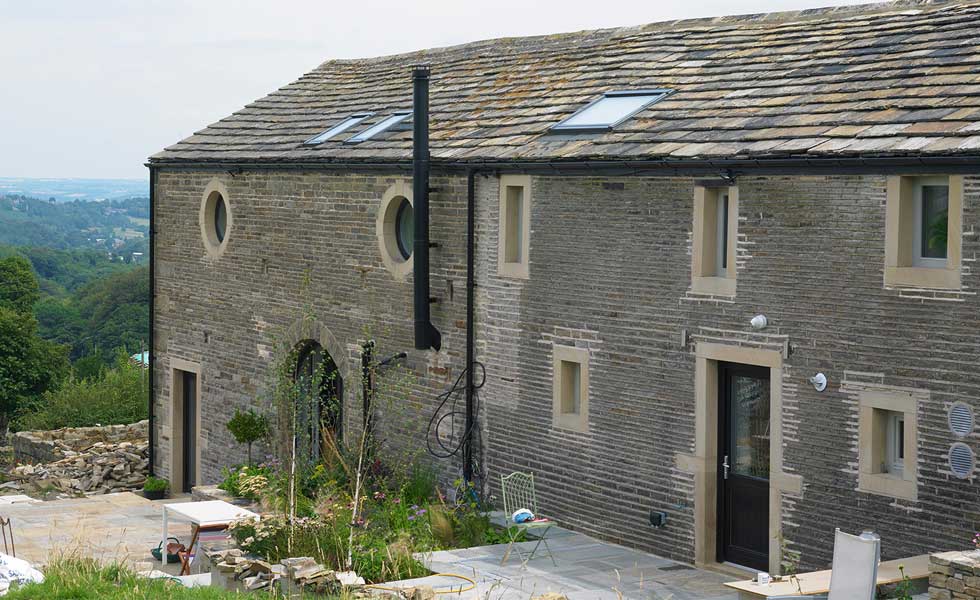4 Key Principles to Adopt During an Energy Efficient Retrofit
It can be difficult to improve the energy efficiency of an existing home, but there are four key principles that you should follow to ensure project success

CONTENT SUPPLIED BY GREEN BUILDING STORE
For many homeowners, using internal wall insulation is the only option if they want to improve the warmth and comfort and energy efficiency of their homes. Constraints from local planning departments alongside aesthetic and practical considerations can often mean that adding external wall insulation is not an option.
However using internal wall insulation (IWI) is potentially more complex than using its external counterpart. It also carries risks of potential moisture build up, known as interstitial condensation, and mould growth within the insulation. These risks can not only lead to serious health problems for the home’s occupants, but can also cause major damage to the building fabric.
When planning any retrofit project, it is very important to adopt the four key principles that are essential for a successful and effective outcome. These principles are central to the Passivhaus low energy building standard and methodology but can equally be applied to retrofit projects.
All four principles need to be considered during a low energy refurbishment to avoid any unintended consequences, such as cold spots, condensation or mould growth.
1. Insulation
For walls, floors, roofs, lofts and windows, energy efficiency depends on good levels of insulation. The materials used for IWI need to be carefully chosen, taking into consideration the wall build up, to cope with what are often complex moisture issues. The use of breathable or capillary active materials may be necessary to mitigate moisture risk.
2. Minimising Thermal Bridging
To work best, insulation needs to be fitted in a continuous layer around the house, with minimal gaps (known as thermal bridges). These gaps break the continuity of the insulation and cause heat to escape. Common areas prone to thermal bridges include stones, cavity walls or areas where the wall meets the roof. The importance of reducing thermal bridges increases as the level of insulation increases.
3. Airtightness
Airtightness (or reduction of draughts) is an often overlooked aspect of energy efficiency which can make a huge impact on the warmth and comfort of a home.
4. Ventilation
The complex interaction of these four principles means that the order in which refurbishments are undertaken is very important and it helps if you consider your home as a whole. Piecemeal improvements, without fully considering the principles, can result in unintended consequences.
As airtightness improves in a building, it is also vital that suitable approaches to ventilation are considered carefully to ensure a steady supply of clean, fresh air to prevent a negative impact on occupant health or the building structure.
Improving the energy efficiency of existing homes is a lot more difficult than designing an energy efficient home from scratch. However, using the four key principles during a refurbishment is the best way to ensure you are creating a warm, comfortable and efficient home.
For more information, contact Green Building Store or take a look at its technical resources.
Get the Homebuilding & Renovating Newsletter
Bring your dream home to life with expert advice, how to guides and design inspiration. Sign up for our newsletter and get two free tickets to a Homebuilding & Renovating Show near you.
